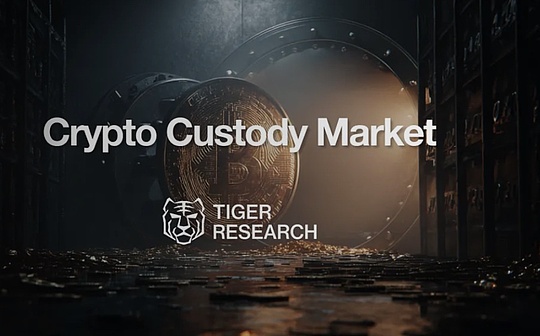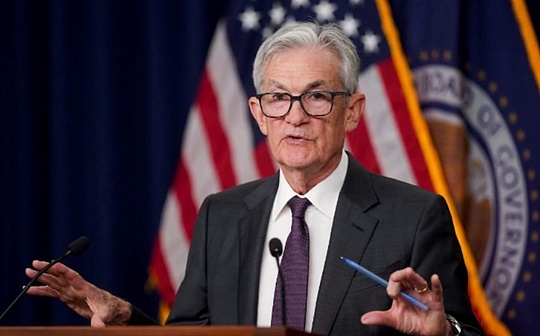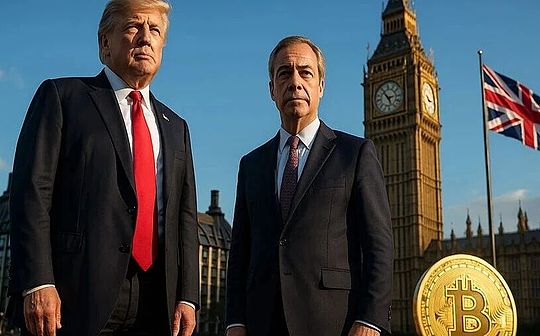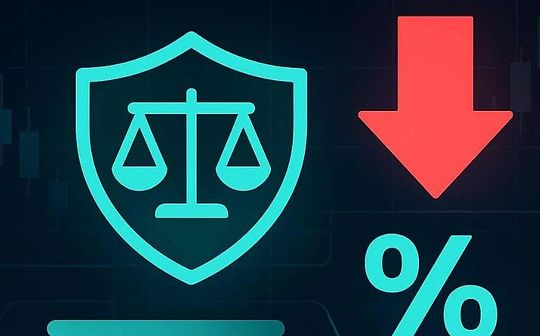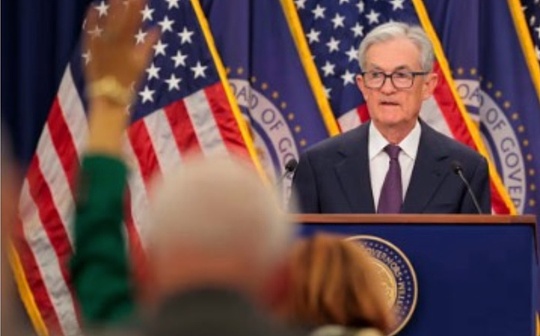
Li Dan, Wall Street Insights
In his last public speech on economic and monetary policy before the silent period of the Federal Reserve meeting at the end of this month, Federal Reserve Chairman Powell hinted that the U.S. labor market continues to deteriorate, and although the government shutdown affects the judgment of the economy, he still retains the possibility of cutting interest rates this month.He also said that the Fed may stop its quantitative tightening (QT) operation of reducing its balance sheet (balance sheet) in the next few months.
In a prepared speech, Powell, who attended this year’s annual meeting of the National Association of Business Economics (NABE), said,The U.S. employment and inflation outlook has not changed much in nearly a month since last month’s Fed policy meeting.He said that although the release of some important economic data has been delayed due to the U.S. federal government shutdown,
“Based on the data we have, it’s fair to say that the outlook for employment and inflation does not appear to have changed much since our September meeting four weeks ago.”
Then Powell pointed out,Data before the shutdown suggested economic growth may be slightly more solid than expected.Unemployment remained low in August and wage growth slowed sharply, possibly in part due to slower labor force growth due to lower immigration and lower labor force participation..
“Downside risks to employment appear to have increased in this less dynamic and somewhat soft labor market.”
In his speech, Powell reiterated that the decision to cut interest rates in September was due to increased downside risks to employment and a change in the Fed’s assessment of the balance of risks to its employment and inflation goals.To deal with the tension between dual objectives, “there is no risk-free policy path.”He noted that existing data and surveys still show that “higher commodity prices mainly reflect tariffs rather than broader inflationary pressures.”
Asked during a question-and-answer session whether tariffs would have a slow and persistent impact on inflation, Powell acknowledged that tariffs were a risk but noted that there were “considerable” downside risks to the labor market.The labor market is slightly tight.
Powell said,Fed tries to balance risks of actions to achieve dual mandate of employment and inflation, cutting interest rates too quickly may “result in the unfinished task of inflation”, while cutting interest rates too slowly may lead to “painful losses in the job market.”He reiterated that the interest rate path is not risk-free, saying:
“There really isn’t a risk-free path right now as (inflation) appears to be continuing to slowly rise… and now the labor market has shown considerable downside risks. Both the supply and demand for labor have fallen sharply.”
Powell said,Economic data ‘surprises’ despite weak labor market.
Powell repeatedly pointed to the slow pace of hiring on Tuesday and suggested that employment could fall further.”There is a further decline in job vacancies now and that is likely to be reflected in the unemployment rate,” he said. “After a period of free fall, I think eventually we will get to the point when the unemployment rate starts to rise.”
Powell did not give specific figures on where he believed the break-even point for job growth would be, which is the bottom line to keep the unemployment rate stable.He said the unemployment rate had clearly fallen “significantly”.He said it was “very striking” that the unemployment rate had barely changed amid slowing job growth.
Nick Timiraos, a reporter known as the “New Federal Reserve News Service”, wrote:Powell keeps Fed on track to cut rates again.He hinted,Rate cut likely this month on weak job market despite inflation concerns.
Economist Chris G. Collins commented that Powell said that the outlook has not changed much since the September meeting. This is to stick to the expectation of two more interest rate cuts this year announced after the September meeting. However, he did not send a strong signal to cut interest rates this month, but pointed out that “the growth trajectory of economic activity may be slightly stronger than expected.”
Reserves are sufficient, there are signs of tightening liquidity, and we will act cautiously to avoid “tapering panic”
Powell expects the Fed may stop shrinking its balance sheet in the coming months.In his speech, he said the Fed’s long-standing plan was to stop taking action when reserves were slightly above a level the Fed judged to be consistent with adequacy.
“We may be approaching this level in the coming months and we are closely watching various indicators to inform this decision.”
Powell acknowledged that there are signs that liquidity is gradually tightening, but said that the Fed’s “plan indicates that they will take prudent steps to avoid the kind of money market tensions that occurred in September 2019.”Commentators believe that Powell means to avoid the “taper tantrum” market fluctuations caused by tapering QE.
In September 2019, a “money shortage” broke out in the U.S. short-term financing market, and the overnight repurchase rate soared to 10%. The Federal Reserve was forced to launch overnight repurchase operations for the first time in ten years and invest huge sums of money into the money market.Mainstream research believes that the repurchase crisis in September 2019 was caused by sporadic events in a state of tight liquidity.The culprit is the scarcity of excess reserves, which is compounded by factors such as tax payment days, large-scale fiscal bond issuance, and the need for large banks to set aside large amounts of reserves due to intraday liquidity regulatory measures.
During a question-and-answer session, Powell said indicators the Fed watches show reserves in the banking system remain “ample,” but there are some signs of tightening in money market conditions as repo rates rise.
Failure to pay interest on reserves will result in loss of interest rate control, which will cause greater damage to the market.
Some lawmakers this year have criticized and questioned the interest the Fed pays on reserves held by commercial banks.In his speech on Tuesday, Powell defended the reserve mechanism, an important tool, saying that the Fed’s reserve system is very effective and working well. He warned that if the Fed is deprived of the ability to pay interest on reserves, the Fed will lose control of interest rates and cause greater damage to the market.
Commentators believe that Powell’s speech was obviously in response to criticism from U.S. Treasury Secretary Bessant and other Republicans. It mentioned that some people questioned the Fed’s purchase of MBS, some thought that the bond purchases should be given a better explanation, and some questioned whether interest should be paid on reserves.Powell recalled that the Fed should probably stop buying bonds sooner after 2020.
On Tuesday, Powell mentioned that the Fed was considering adjusting the composition of its asset holdings and increasing its holdings of short-term assets.
Collins commented that the idea of increasing short-term assets such as short-term bonds is not a new idea.Some investors believe that if the U.S. Treasury increases the issuance of short-term debt and the Fed purchases a significant portion of it, it would be equivalent to some kind of invisible QE, because then the overall weighted average interest rate on outstanding Treasury debt would be lower.
But Collins pointed out that the Treasury Department’s issuance of more short-term debt will not necessarily flatten the yield curve.The main driver of the U.S. Treasury yield curve is still policy expectations, not changes in net supply.
Other indicators are no substitute for official data Asked about gold price rise
During the question and answer session,Powell said that due to the lack of data such as the non-farm payrolls report due to the government shutdown, everyone is looking at the same employment data – disclosed by the private sector.He highlighted state-level employment data and the ADP employment report, known as the “small non-farm” employment report, and said that these data cannot replace the gold standard that constitutes official statistics.
Speaking of alternative data,Powell said some indicators supplement official government statistics but do not replace them..He noted that accurately interpreting prices is particularly difficult in the absence of government reports.
Asked about the rise in gold prices, Powell said: “I’m not going to comment on any particular asset price.”
Asked about the impact of artificial intelligence (AI), Powell quoted Nobel laureate Robert Solow’s famous quote about how new technologies will affect productivity: “You can see computers everywhere, but not in productivity statistics.” He added, “That could be the same thing.”
Powell says Fed officials keep low profile and stay away from politics.”We’re not going to get into a back-and-forth argument with anybody. That gets political very quickly.” The Fed’s only goal is to do a good job for the public.But he added: “Don’t strive for perfection. These are emergency decisions that have to be made in real time.”
Powell said the Fed would not comment on immigration policy, but noted that such policies from the Trump administration were tougher than many expected.He said labor force growth and arrivals had fallen sharply, which could lead to fewer workers.But we are only beginning to see the effects of these policies.


